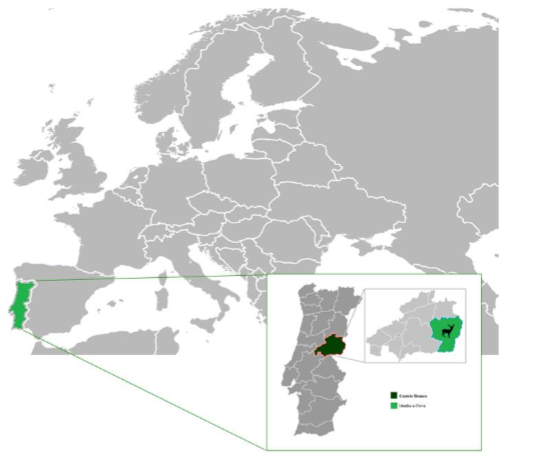Drought as a Risk Factor to the Occurrence of Tuberculosis-like Lesions Detected during Red Deer Post-Mortem Inspection: A Pilot Study
Abstract
Tuberculosis (TB) is one of the infectious diseases which causes more concern worldwide. TB is a multi-host disease, that include domestic and wild animals. From wild species, red deer (Cervus elaphus) is considered as a key host in several countries, as in Portugal. In the Mediterranean ecosystem, one of the risk factors to TB infection in red deer population is the climate, including drought periods. The aim of this study was evaluating the influence of drought periods in one Portuguese Mediterranean ecosystem (Idanha-a-Nova county) in the occurrence of Tuberculosis-like lesions observed during post-mortem inspection of hunted wild red deer in this region. In short, our study confirms, statistically, a positive influence of drought periods in the increase of Tuberculosis-like lesions found during post-mortem inspection in wild red deer (p-value<0.05; IC=95%), having the exposed animals almost twice the probability [Odds ratio= 1,96; (1,22; 3,15)] of having these lesions in the following hunting season; pointing out this factor as an alert for game managers to timely implement preventive measures for TB mitigation and highlight the importance of the post mortem inspection as a smart tool to be used to screen sanitary profile of hunted wild animals.







